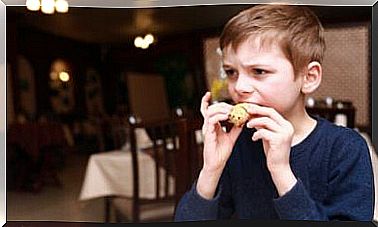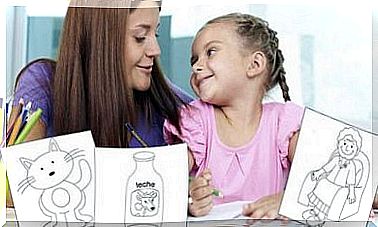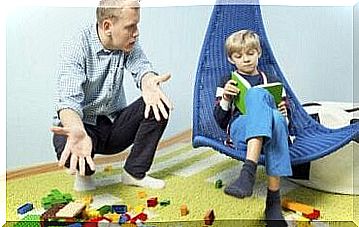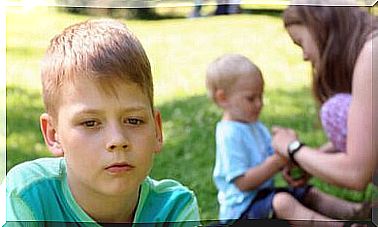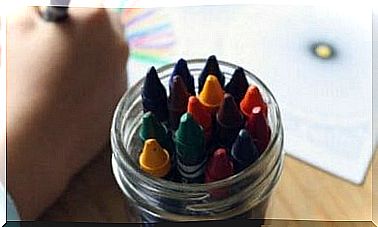5 Tips For Teaching Your Children Politeness – Parenthood

Teaching children politeness is an extremely important responsibility for parents. There is no doubt that understanding and using good manners brings positive aspects for children like education, courtesy and empathy towards others.
Good manners give children an attitude of great value to themselves and those around them. Their teaching must be done from an early age and must be part of daily learning.
In our modern society surrounded by technology, teaching your children good manners is more crucial than ever.
There is no doubt that one of the most important jobs of parents is to help their child develop social skills. They need to be shown how to interact politely with people and treat them with respect and consideration.
5 tips for teaching children to be polite.
The following tips should be taken into account when raising children and teaching them politeness.
1. You have to be a role model
The first essential tip for teaching your children to be polite is to take into account that they will imitate their referents. Therefore, it is necessary that you adopt an exemplary behavior so that your child imitates you.
Likewise, you should speak in a friendly tone to your children and ask them for things without threatening them.
It is not always easy to have patience with them, but as an adult it is your duty to conform to appropriate behavior.
2. Sensitivity
Good manners derive from respect for others and the road to respect comes primarily from sensitivity. If you can teach your child the value of this quality, you are making a wonderful gift for them.
The roots of good manners are respect for others and the roots of respect are sensitivity. Sensitivity is one of the most valuable qualities you can instill in your child from an early age.
The sensitive child is concerned about the feelings of others and behaves naturally as a polite person.
3. “Please” and “thank you”
Teaching them to say “please” and “thank you” is the fundamental principle in teaching children to be polite. This is of course one of the foundations of good manners. As children grow older, parents can encourage them to write thank you letters, preferably with pencil and paper.
Needless to say, children must learn to say thank you for the gifts they receive. But they must also be taught to thank the people who help or serve them, such as waiters in restaurants, or also their relatives when they do something for them in everyday life.
4. They must respect the speaking time of others
You need to get your child into the habit of respecting others’ speaking time and waiting for their turn to speak.
In fact, it is a common problem in many children, especially younger ones. More often than not, children want to express their thoughts as quickly as it happens to them.
In addition, children are naturally egotistical and they may need reminders to wait until we finish speaking before speaking.
To help children develop these habits, parents can use visual mnemonics, such as a stuffed animal or an object that indicates when it’s their turn to speak.

5. Don’t force his hand
Language is a skill that should be enjoyed, not forced. So, it is good to remind her to say a “please” before asking for something, but you should not force the situation.
In reality, you have to be careful: the child may be exasperated by polite words even before understanding their meaning.
Likewise, when you remind your child to say “please,” you should do so as part of a good speech and not as a prerequisite for him to get what he wants. In this way, you will ensure that your child acquires this vocabulary in a natural way.
Finally, we remind you that you will have to arm yourself with patience to teach your children politeness. Plus, there’s no doubt that it’s a daily job to see results. But this is something you will never regret!




